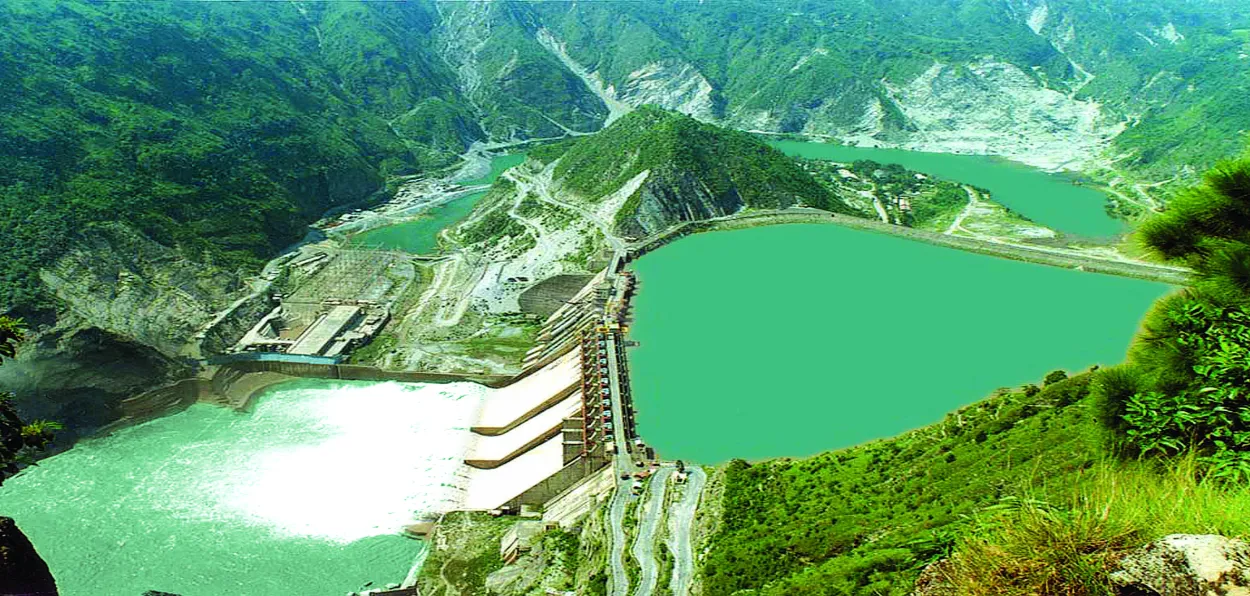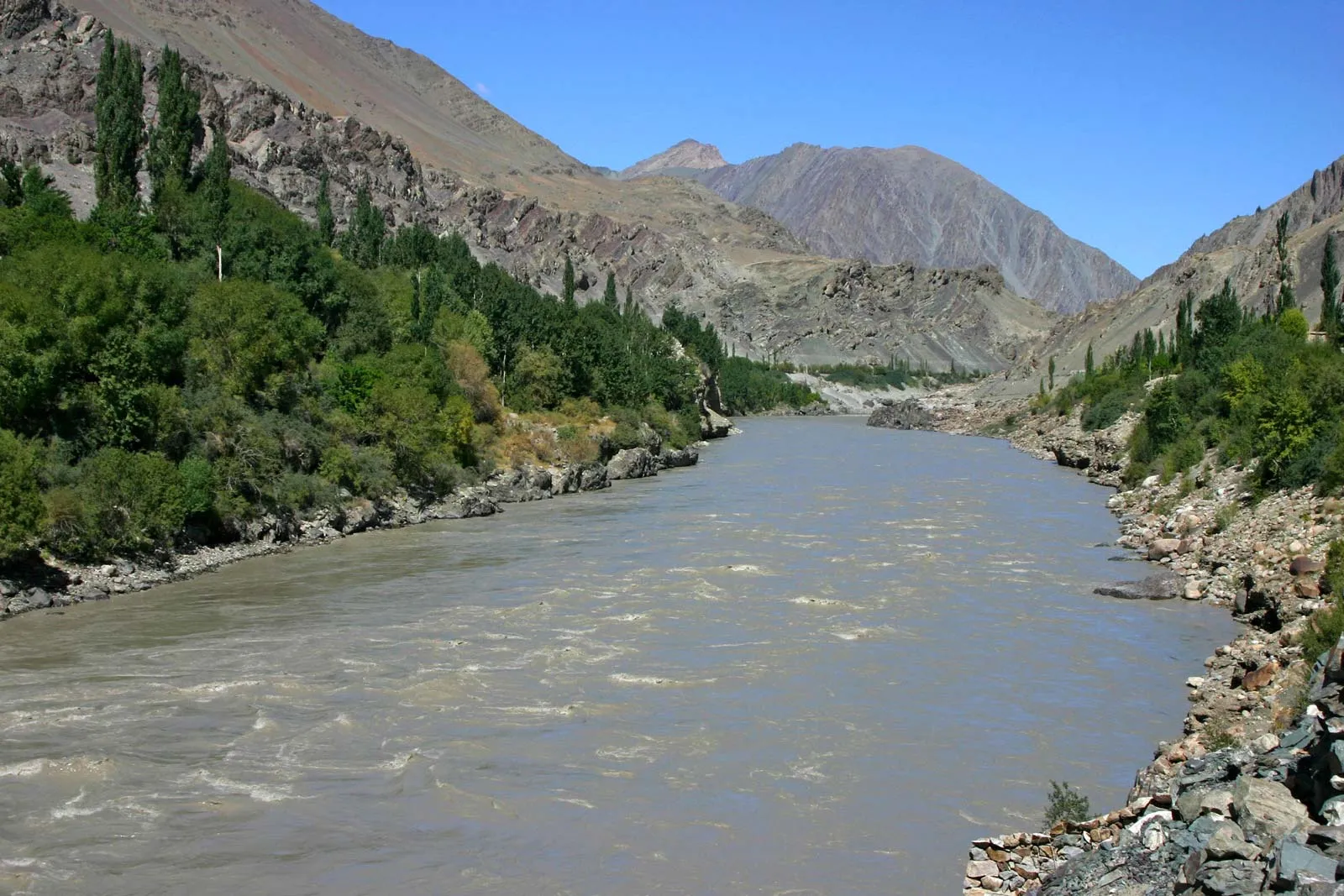
New Delhi
Following the Narendra Modi government’s bold decision to keep the Indus Water Treaty with Pakistan in abeyance, Jammu and Kashmir is overhauling its Hydropower Policy to encourage the private sector to come on board to boost the power generation from the run-of-the-mill projects.
According to the Jammu-based newspaper Daily Excelsior, an inter-ministerial committee finalizing recommendations for the new hydroelectric power generation policy is expected to submit its report by the end of July.
The new policy will boost private sector investment capitalizing on the already assessed potential for both small and large projects.
According to Money Control portal, the Centre is attempting to run the hydropower plants based in Jammu and Kashmir at full capacity for the first time. This move could increase power generation from the Union Territory by up to 30%.
The decision of the Modi government against Pakistan will benefit the Union territory, as under the Indus Waters Treaty (IWT), India had no storage rights on the rivers – Jhelum, Chenab, and Indus – flowing from the region into Pakistan. Because of this clause, J&K could never utilize the full potential of generation power from rivers.
JK's existing power plants could increase the storage capacity and generate more power immediately.

The Indus River
As India announced keeping the IWT signed in 1961 with Pakistan in abeyance, J&K could increase power generation from hydroelectric projects built over the rivers.
The committee is supposed to give recommendations to facilitate the creation of a conducive environment for attracting private sector investment and to coordinate with concerned line departments for securing expeditious statutory clearances/approvals required for the development and implementation of the projects in J&K.
Officials familiar with the matter told the English newspaper that the committee has almost completed the assigned task and a comprehensive Hydropower Policy will shortly be placed before the Government for approval and notification..
“The new policy will provide a strategic framework for boosting the development of hydropower projects and addressing challenges faced by the developers and J&K agencies”, they further said, adding “Through the comprehensive policy, the Government aims to attract private sector investment capitalizing on the already assessed potential for both small and large projects”.
Sources further said, “The policy proposes categorizing hydroelectric projects into two segments—-Small Hydroelectric Projects (up to 25 Mega Watt) and Large Hydroelectric Projects (above 25 MW and up to 100 MW)”, adding “the Science and Technology Department will be nodal agency for projects up to 10 MW while the Jammu and Kashmir Power Development Department will oversee the projects above 25 MW”. Further, the committee of officers has assessed the potential for the development of Small and Large Hydroelectric Projects in consultation with all the stakeholders.
“Under the policy, the mechanism has been clearly defined to ensure fast-track statutory clearances and approvals required for the development of projects”, they informed, adding “first, the policy will be placed before the Chief Minister, who is also Minister charge Power Development Department, and thereafter before the Cabinet for final approval”.
It is pertinent to mention here that Chief Minister Omar Abdullah, while presenting the Budget in the Legislative Assembly in March had announced that to unlock J&K’s full hydropower potential his Government will introduce a new Hydropower Policy to accelerate development, attract private investment and drive sustainable energy growth.
India has six operational hydropower plants in Jammu and Kashmir with a combined capacity of 3,030 megawatts (MW). However, these plants have more capacity but for the restrictions imposed by the IW on storage of water.
ALSO READ: Assam's fishery king Nazrul Haque changed flood calamity into livelihood opportunity
Lower reservoir storage directly impacts hydropower generation by reducing the availability of water for turbines, which leads to decreased electricity production.
